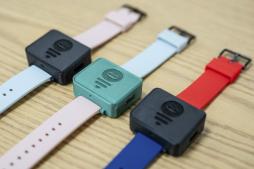
“I miss Radio Shack,” said Amanda Watson, a new faculty member of the University of Virginia School of Engineering and Applied Science and expert in wearable technologies, as she fished for a printed circuit board. “I used to be able to just go pick up components, but now I have to order them, and it takes a week.”
Watson is an assistant professor in both the Department of Electrical and Computer Engineering, and in the Department of Computer Science.
In addition, she literally has her finger on the pulse of precision healthcare and athletic performance as a co-founder of Luminosity Wearables. Her Watson Research Lab at UVA partners with the company to further its discoveries.
Our goal with this technology is to develop a clinic on the wrist, like a full medical lab that goes with you everywhere all the time.
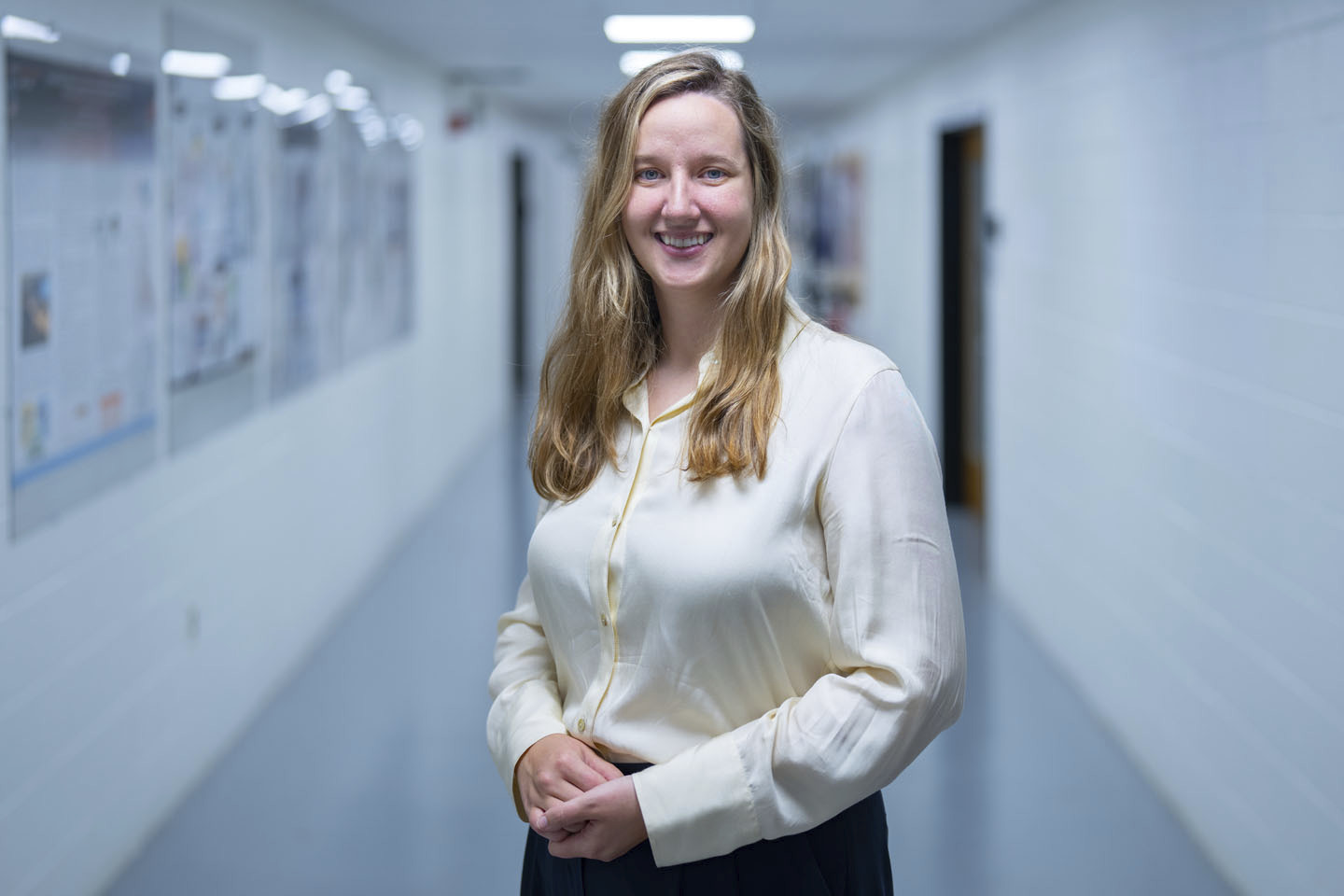
On a recent day this summer, Watson was working alongside Sharon Lu, a spring graduate who won the Charles L. Brown Department of ECE Award for Excellence. Lu is soon to start her career at Microsoft, advancing the next generation of X-Box controllers. But on this day, she was joyfully helping put together some of Watson’s high-tech health watches.
Lu applied solder paste with a stencil onto the watch’s printed circuit board, then placed the unit in a compact lab oven.
“The oven heats up the solder paste on the PCB,” Watson explained as they assembled the new prototype. “It would be terrible to try to solder all of these individual components.”
It is in this small, unassuming lab environment that the watch, with the big potential to be the next generation of wearables, is reaching its maturity.
A Health Watch That Does More
Along the same lines as the latest fitness tracking health watches, Watson’s company uses optical absorption spectroscopy, based on how specific wavelengths of light penetrate the skin and reflect, to ascertain states of health.
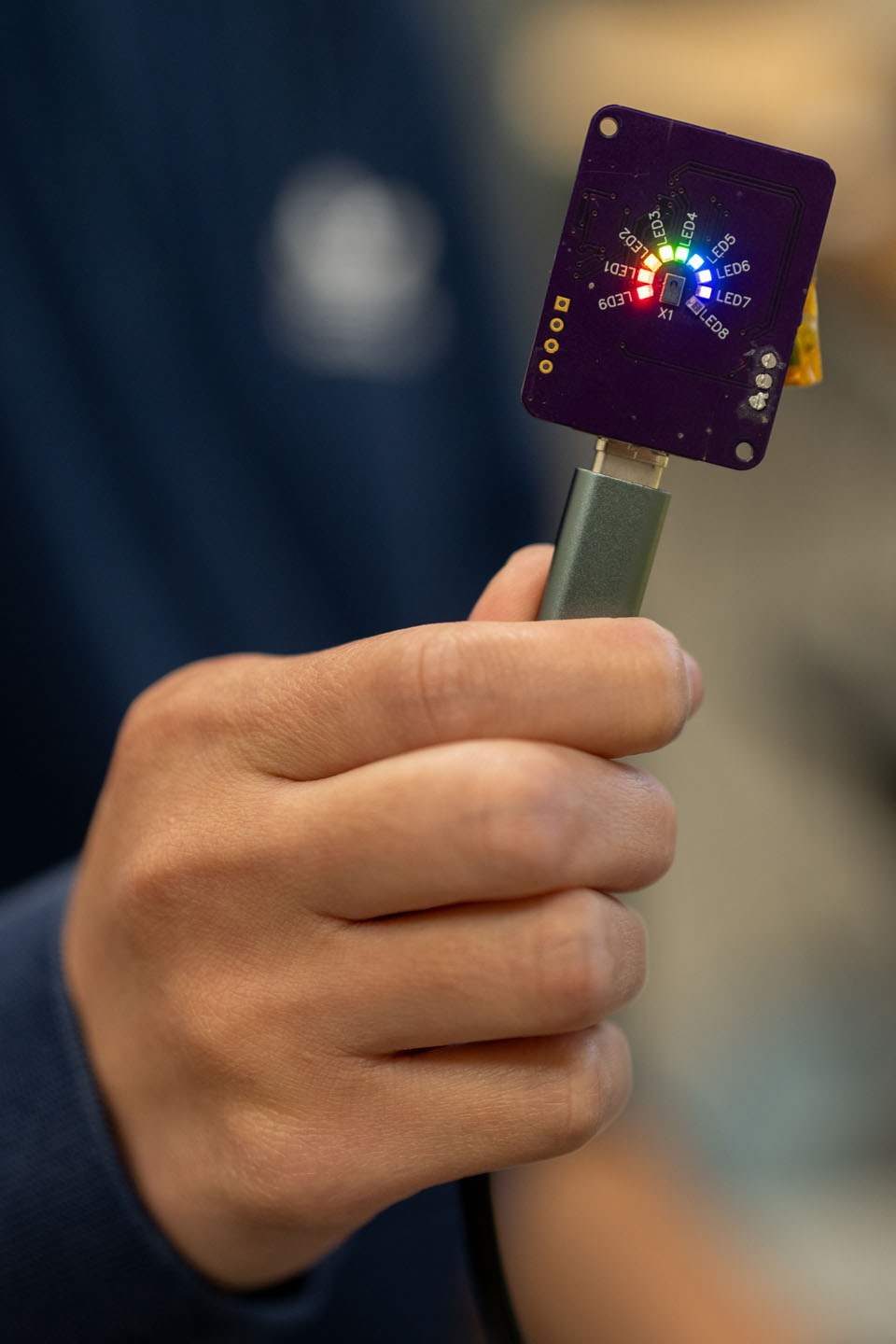
“Our goal with this technology is to develop a clinic on the wrist, like a full medical lab that goes with you everywhere all the time,” Watson said. “Our sensor basically takes a profile of the human body. So instead of looking at just a couple of colors, we look at the whole spectrum. And then we try to pull that signal apart to tease out things like glucose, maybe cortisol, carbs, fats and proteins.”
Her company’s first product, co-developed when she was a postdoctoral fellow at the PRECISE Center at the University of Pennsylvania, is a wearable spectroscopy sensor called Lumos. The product began with a focus on glucose monitoring, in hopes that it will be the first completely noninvasive FDA-approved device for this purpose.
The watch form of the wearable health sensor is for patients on the go, Watson noted. A pulse oximeter-style fingertip device has also been created to take the readings of patients in hospitals and other clinical settings.
But Watson and her husband, Kyle Quinn, an assistant professor of anesthesiology in the UVA School of Medicine who advises on medical aspects of the research, see the potential for using the safe diagnostic spectrum of light as nearly limitless.
They continue to push the envelope, now in association with the UVA Licensing & Ventures Group.
Precision Medicine is Big in Watson’s Wearable Tech Lab
In the past year, her first at UVA, Watson has also supervised multiple student-led projects, including a shoulder-based opioid overdose detection and reversal device, an ACL retear prediction algorithm and a “vibrotactile shirt” that could help people with visual disabilities as they move through a space — and possibly astronauts working in outer space.
She’s been on the go, attending conferences and giving talks on wearable tech and internet of medical things related topics. She won first place in techIES 2023 International Session on Biomed, held in Shanghai, China, last fall.
Watson’s efforts dovetail with the University of Virginia’s “Grand Challenges” in the Precision Health/Medicine category. The initiatives exist to put actionable solutions to some of society’s major problems in the hands — or on the wrists — of everyday people.
Next Up for Measurement: Lactate
On the day we visited Watson’s lab, she and Quinn had just successfully pitched UVA's Wallace H. Coulter Center for Translational Research on supporting lactate monitoring research and trials, which is now the next phase of her lab’s research. The studies will be conducted with the help of UVA students.
Because high lactate levels signal fatigue, that might be relevant for athletes, who want to optimize safer performance. The team is currently conducting a trial in the School of Medicine’s CORE lab in collaboration with the School of Education and Human Development’s Kinesiology Department.
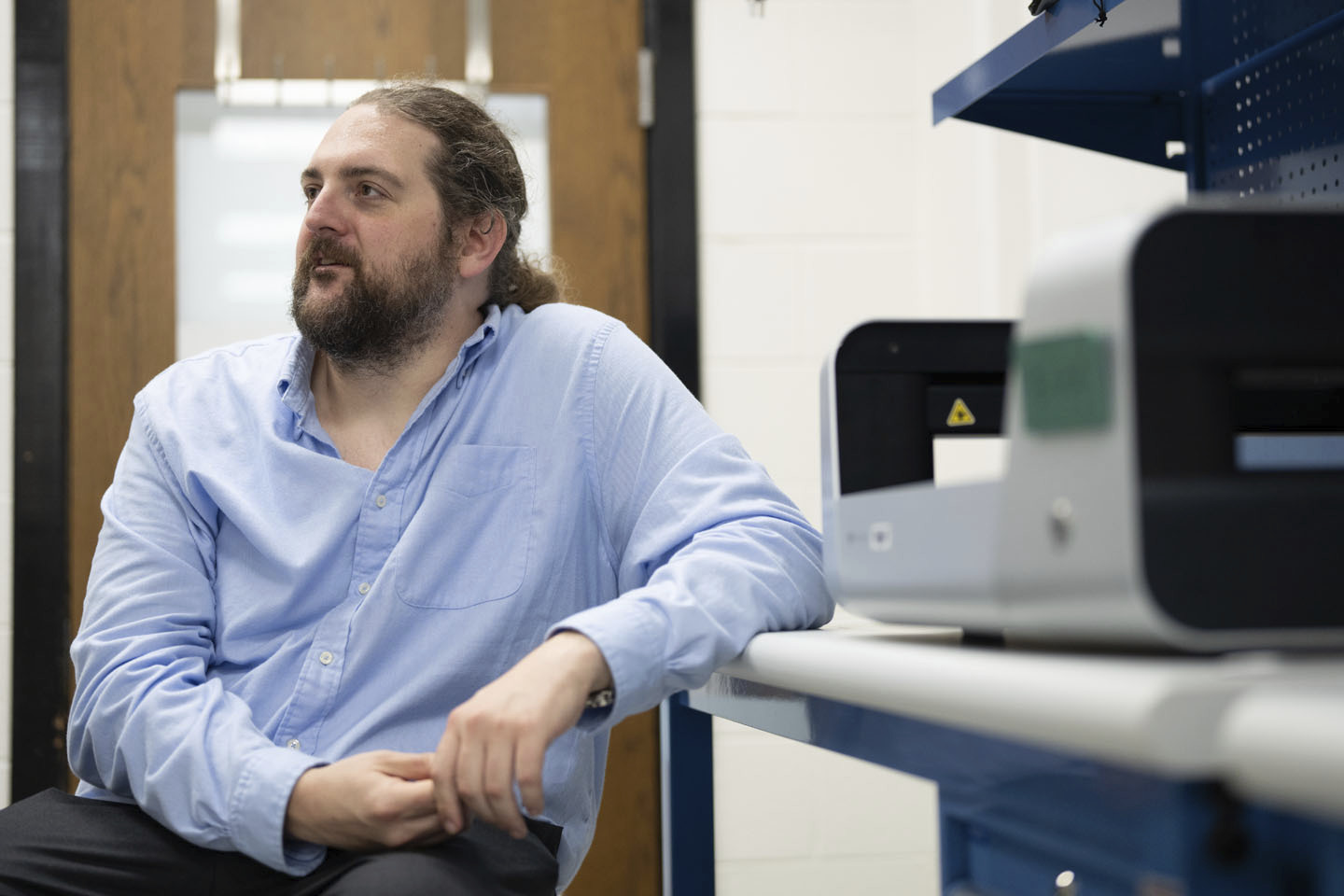
“Lactate, a crucial metabolite involved in the body's energy production, can significantly impact blood pressure regulation," Quinn explained. "It creates a vicious cycle where low blood pressure leads to increased lactate levels, which in turn further lowers blood pressure. This cycle can continue to spiral downward until blood pressure drops to dangerously low levels.
“But with a continuous lactate monitor, you could evaluate more effectively than what we're currently doing, because right now those decisions take a laboratory test, which takes about an hour to run. And if you're drawing them every couple hours, you're not getting a whole lot of information, and you can get further and further behind.”
Other measurable attributes Watson has begun researching include oxygen saturation, blood pressure, skin tone and nutrition — carbs, fats, proteins and micronutrients.
A UVA Research Innovation Awards is funding the nutrition study. Watson is working with UVA systems engineering and computer science assistant professor Afsaneh Doryab and associate professor Sybille Kranz of the School of Education.
Watson has also begun studying the possibility of monitoring for opioids and “we think we can get alcohol,” she said.
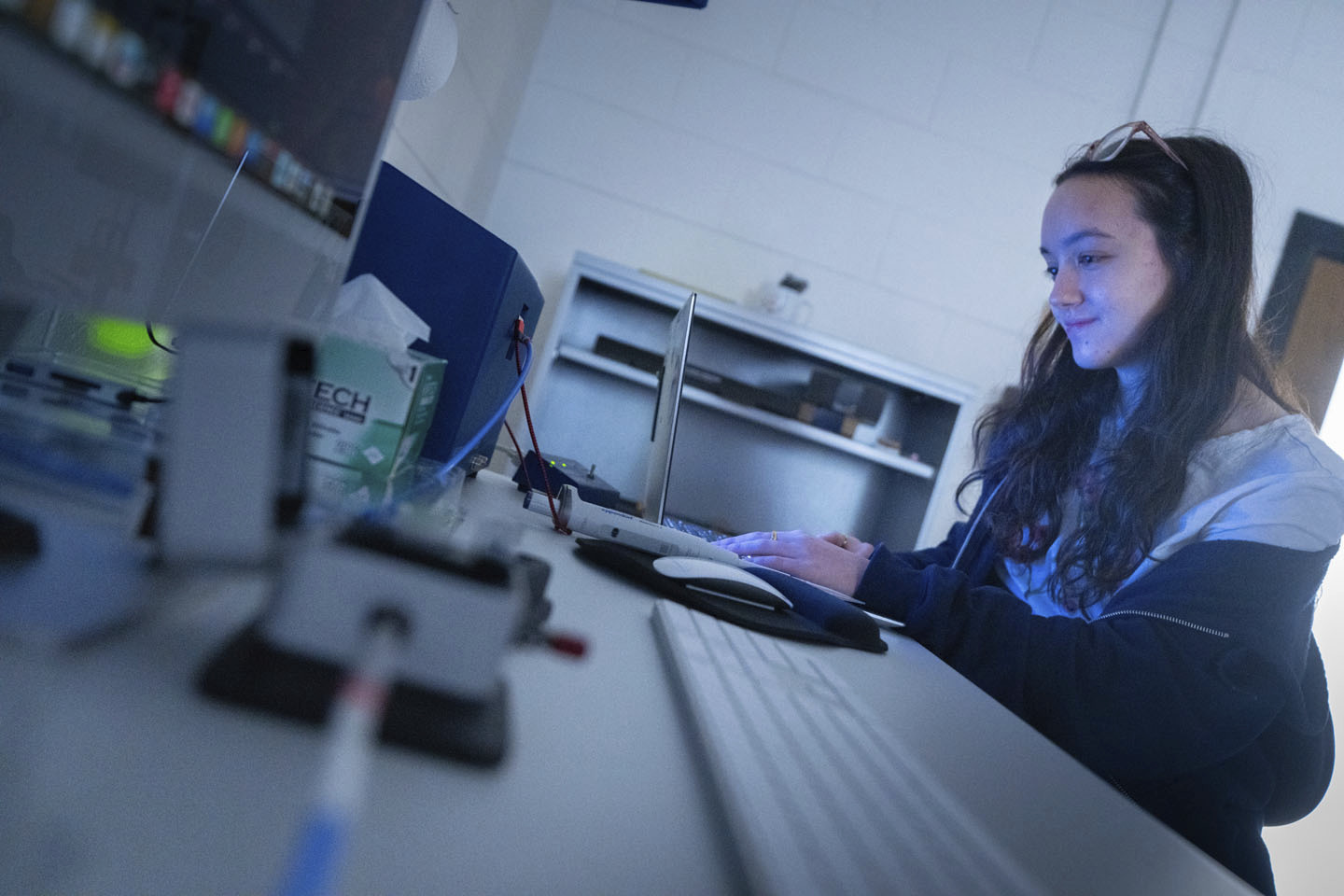
Watson’s Watch Could Have Helped Her Younger Self
The technology, if it makes it to market, promises to be an affordable form of personalized health monitoring. Even before being able to enjoy the economy of scaling up, Watson said, the watches cost about $30 each to make.
Watson earned her Ph.D. and M.S. degrees in computer science from the College of William and Mary, and a B.A. in computer science and mathematics from Drury University, where she was a four-year letterman on the varsity volleyball team.
She said one of the drivers of her ambition to create health watches was the multiple surgeries she had to repair her shoulder and knee due to athletics.
“After all of my surgeries, I kind of came to the conclusion that if we had been able to optimize things out such as muscle fatigue, I never would've needed to have had surgery in the first place.”
